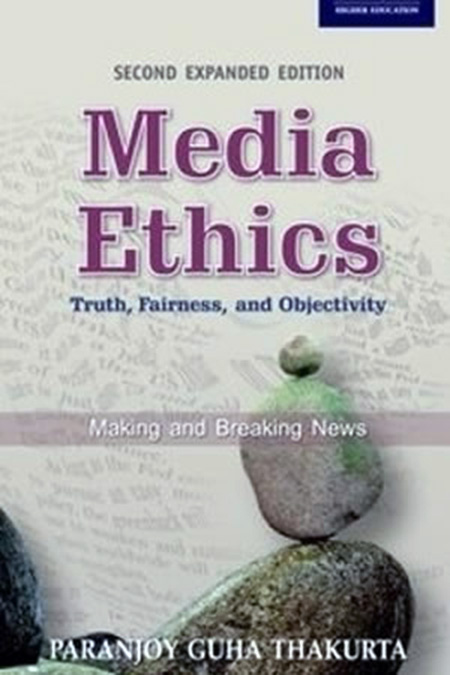Faced with mounting reserves of hard currency, the Reserve Bank of India has taken a few tentative steps towards capital account convertibility.
On the first day of November, the country's central bank and apex monetary authority allowed resident Indians to maintain bank accounts in foreign currency under certain conditions.
The new facility, known as the Resident Foreign Currency (Domestic) account, would be in the form of a current account with a bank that is also a licensed dealer in foreign exchange.
While account-holders would be provided facilities to issue cheques, they would not earn any interest on their balances.
The RBI specified that the foreign currency deposited in such accounts would have to be obtained through specified "permissible" channels. These include payments for services rendered or money received in settlement of any legal obligation or as a gift from a person who is not a resident of India.
Foreign exchange received by way of honorarium or as a gift while on a visit outside India and the unspent forex acquired for overseas travel can also be deposited into such accounts.
Earlier, resident Indians who travelled abroad had to compulsorily surrender foreign currency in excess of $2,000 and had to convert the same into rupees.
However, now resident Indians can keep as much money as they like in their RFC(D) accounts. "...there will be no overall limit on balances kept in (such) accounts," the RBI has stated.
The balances maintained in RFC(D) accounts can be used only for certain purposes such as travel, medical treatment abroad, education outside India, gifts up to $5,000, or the purchase of books and other items either directly or through the Internet.
The RBI said the new scheme would be reviewed after one year and "modified/liberalised in the light of actual experience".
The new facility is in addition to the existing one that allows residents who have travelled outside India to maintain $2,000 or its equivalent in the form of currency notes or traveller's cheques.
The new facility, while representing a small move towards full capital account convertibility, would certainly prove to be convenient for those Indians who travel abroad frequently and/or earn foreign exchange.
The RBI is now also permitting resident Indians to repatriate a sum of up to $50,000 per annum for medical treatment abroad. Moreover, non-resident Indians can repatriate a sum of up to $100,000 obtained by way of transactions in immovable property. Corporate bodies can now import items worth up to $25,000 without having to submit bills of entry.
These moves have been initiated by the RBI in the wake of criticism from economists that the country's foreign exchange reserves are proving to be a problem of plenty, an embarrassment of riches. The hard currency reserves with the RBI (including gold and special drawing rights) currently exceed $64 billion, having gone up by nearly $20 billion over the last year alone.
In the previous twelve months between October 2000 and September 2001, the foreign currency reserves with the RBI had increased by around $10 billion, or more than a fifth.
It may be recalled that the country's forex reserves had plummeted to an all-time low in early July 1991 soon after the P V Narasimha Rao government had come to power. Earlier that year, India had had to mortgage her official gold stocks with the Bank of England after NRIs panicked and withdrew their deposits in the last few months of the short-lived Chandra Shekhar government.
The assassination of former prime minister Rajiv Gandhi in May 1991 worsened the situation and at one stage it appeared as if the Indian government might renege on its external financial obligations. The International Monetary Fund stepped in at a time when the country's forex reserves had touched a low of around $500 million, barely equal to a fortnight's import requirements. By way of contrast, India's current forex reserves are equivalent to fifteen months' import cover.
There are a number of reasons why the country's hard currency stocks have risen so rapidly in the recent past. One important reason is that NRI deposits have piled up and are currently in the region of $26 billion. NRIs are choosing to move more of their savings to India simply because such deposits in Indian banks earn a higher rate of interest than if the funds were kept in bank accounts abroad.
Using the benefit of hindsight, it seems clear that the Vajpayee government should not have made efforts to raise hard currency deposits from NRIs after it conducted nuclear tests in May 1998 that led to economic sanctions being imposed against India by the US, Japan and other Western countries. That year, the government issued a series of India Resurgent Bonds and raised $4.2 billion. In the year 2000, the State Bank of India launched its India Millennium Deposit scheme that garnered $5.7 billion from overseas Indians and corporate bodies controlled by NRIs.
The traumatic experience of 1991 evidently made the RBI extra cautious. But the mere existence of high forex reserves is not a sufficient condition to prevent a financial crisis or a run on the currency of a country. In 1996-97, South Korea had comfortable hard currency reserves. But this in itself was unable to insulate the country from the Asian financial meltdown.
While NRIs are parking their funds in Indian banks to earn higher interest rates, at home, corporates have preferred to raise dollar-denominated loans since these carry far lower rates of interest than rupee loans. This too has helped to add to the country's forex reserves.
Then, in recent months, the RBI has undertaken purchases of dollars to prevent the value of the Indian currency from appreciating too much. A strong rupee could adversely impact exports from the country.
Whereas the RBI earns annual rates of interest varying between 3 and 5 per cent when the country's foreign currency assets are invested in government securities abroad, the average interest rate carried by Indian G-secs is a much higher 10 per cent.
By far the most important reason why India's forex reserves have gone up rapidly over the last year or so is simply on account of the fact that imports, particularly non-oil imports, have risen at a rather tardy rate. It is one thing to further relax import restrictions --- as some have suggested --- and quite a different ball game to revive imports by doing away with conditions that have led to demand recession in the economy.
In 1997, an official committee headed by the then deputy governor of the RBI S S Tarapore had charted a road map towards full capital account convertibility. The committee had suggested that the government should ensure that four crucial pre-conditions are met before the Indian currency is made fully convertible on the capital account.
Pre-condition one was that annual inflation as measured by the wholesale price index should be in the range of 3 to 5 per cent. This pre-condition has been adhered to for over a year now.
The second pre-condition was that the country's forex reserves should be equal to six months' import requirements. As already stated, forex reserves are at present equal to 15 months' import cover.
Pre-condition three was that the Union government's fiscal deficit as a proportion of the gross domestic product should be 3.5 per cent. This proportion is currently above 5 per cent.
The fourth and last pre-condition for full capital account convertibility laid down by the Tarapore panel was that non-performing assets of banks should be 5 per cent of total depositions. Once again, this figure is twice as high.
In other words, two important pre-conditions for capital account convertibility do not exist at present. Till these pre-conditions are fulfilled, the RBI would do well to hasten slowly towards relaxing controls over the movement of hard currency out of the country.


